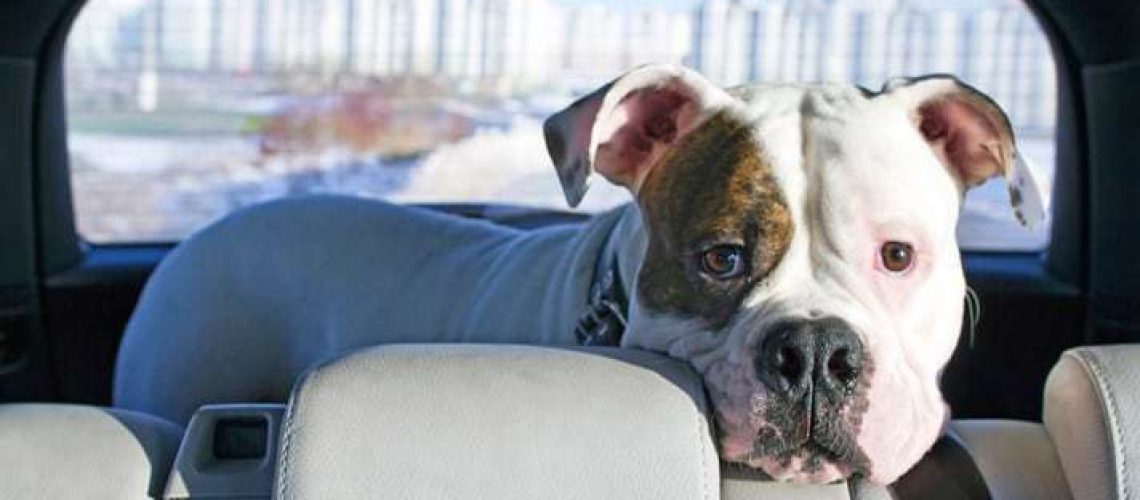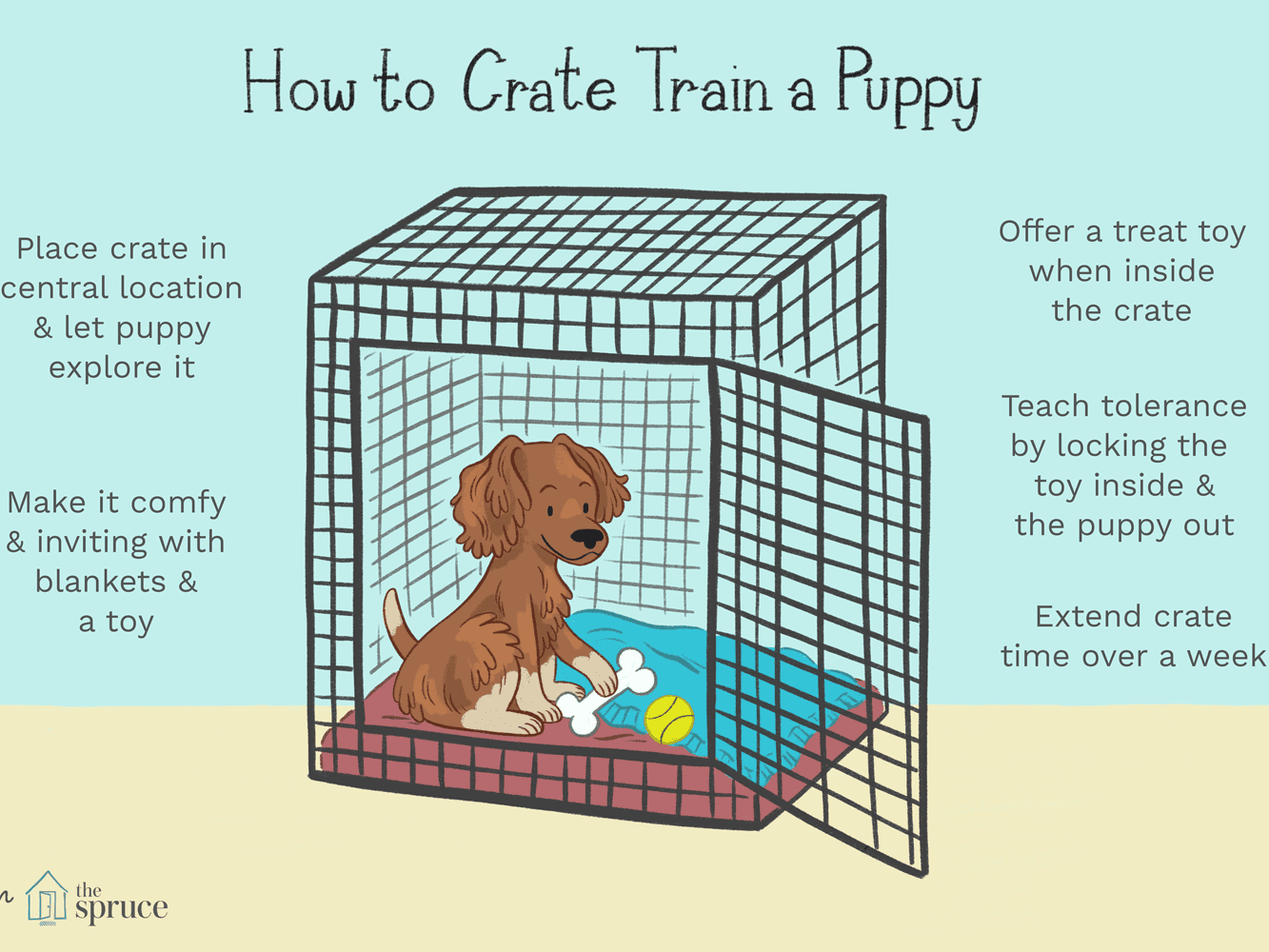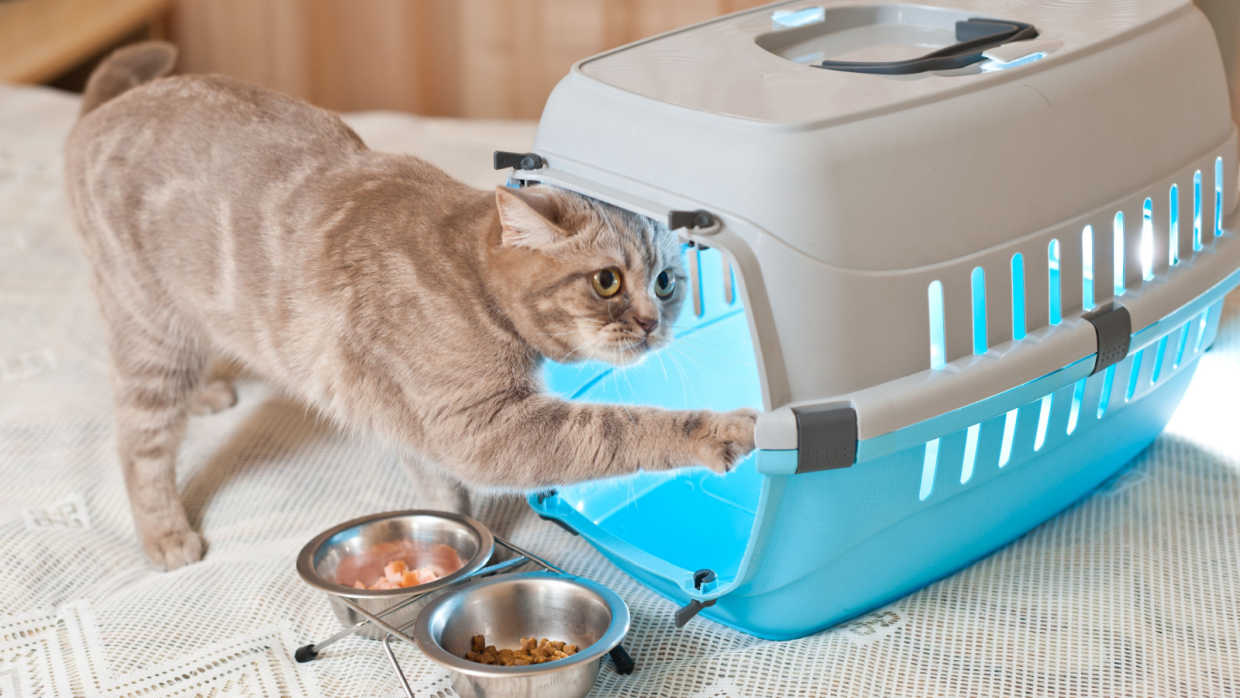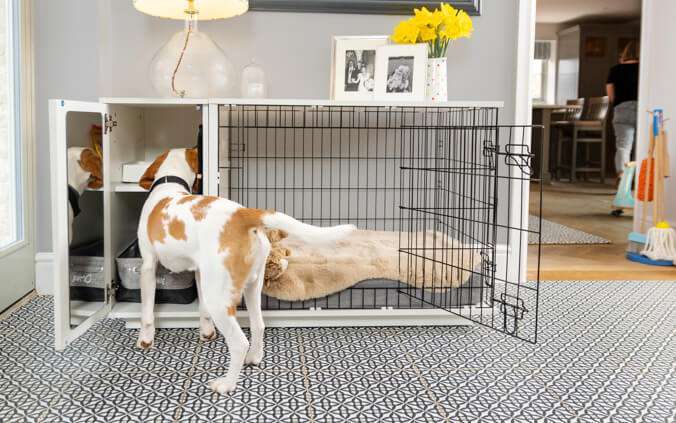Key Takeaways:
- Gradually expose your dog to car rides by starting with short trips and gradually increasing the duration.
- Use positive reinforcement techniques, such as treats or praise, to reward your dog for calm behavior during car rides.
- Create a comfortable and safe environment in the car by using a secure crate or harness, and providing familiar items like blankets or toys.
- Address any underlying issues that may be causing fear, such as motion sickness or negative past experiences, with the help of a veterinarian or professional trainer.
- Make car rides enjoyable by associating them with fun activities, such as going to the park or receiving a special treat afterwards.
Is your furry friend terrified of car rides? Do you find yourself dreading the struggle and stress that comes with getting your dog into the car? Well, fear no more! In this article, we will uncover the secrets to solving your dog's fear of car rides, bringing you and your four-legged companion closer to carefree adventures together. Imagine the freedom of being able to take your pup on road trips or even just a quick trip to the vet without any anxiety or distress. Understanding how to address this common issue is essential for both you and your pet's well-being. So, if you're ready to unlock the key to stress-free car rides, keep reading! You won't want to miss out on these game-changing tips that will have your pup jumping for joy at the mere mention of a car ride. Let's embark on this journey towards a happier, more confident canine companion!
Why is your dog scared of car rides?
Many dogs are afraid of car rides, and there can be several reasons for this fear. One common reason is motion sickness. Just like some people get queasy in a moving vehicle, dogs can feel the same way. The motion of the car can make them feel nauseous and anxious, leading to fear and discomfort.
Another reason why dogs may be scared of car rides is a negative past experience. If your dog had a traumatic experience in the car, such as getting into an accident or being trapped inside for a long period, they may develop a fear associated with those memories. Dogs have excellent memory recall, so even one bad experience can leave a lasting impact on their emotions.
Motion Sickness
Dogs can experience motion sickness just like humans do. This occurs when their inner ear balance system gets disrupted by the movement of the car. It can cause symptoms such as drooling, excessive panting, vomiting, and restlessness. Motion sickness can make your dog associate car rides with discomfort and anxiety.
Past Traumatic Experience
If your dog had a negative experience in the car before, it could contribute to their fear of car rides. This could include accidents or incidents where they felt trapped or unsafe inside the vehicle. Dogs are highly sensitive animals, and even one bad experience can create lasting fear and anxiety.
Signs that show your dog is afraid of car rides
Dogs cannot communicate their feelings verbally like humans do, but they express their emotions through body language and behavior. Here are some signs that indicate your dog is afraid of car rides:
- Trembling or shaking
- Panting excessively
- Drooling excessively
- Whining or barking
- Pacing or restlessness
- Trying to escape or hide
- Refusing to get into the car
- Vomiting or nausea
- Wide-eyed and dilated pupils
If you notice any of these signs in your dog before or during a car ride, it is a clear indication that they are afraid and anxious. It's essential to address their fear and help them overcome it for their well-being.
How to help your dog get used to car rides gradually
If your dog is scared of car rides, it's important to help them gradually overcome their fear. Here are some steps you can take:
- Start with short trips: Begin by taking your dog on short car rides around the block. This will allow them to get used to the sensation of being in a moving vehicle without overwhelming them.
- Create positive associations: Make the car a positive place for your dog by offering treats, praise, and rewards whenever they enter the vehicle or during the ride. This will help them associate car rides with positive experiences.
- Gradually increase ride duration: Once your dog becomes comfortable with short trips, gradually increase the duration of the rides. Take them to places they enjoy, such as parks or pet-friendly locations, so they have something fun to look forward to.
- Provide a safe and comfortable space: Make sure your dog feels secure during car rides by using a crate or harness that keeps them safe and prevents them from moving around too much. Use blankets or familiar bedding to make them feel more comfortable.
- Play calming music: Calming music specifically designed for dogs can help create a soothing environment in the car and reduce anxiety. There are many playlists available online or through streaming services that you can play during the ride.
Remember, patience is key when helping your dog overcome their fear of car rides. Each dog is unique, and it may take time for them to feel completely comfortable in the car.
Tips for making car rides a positive experience for your dog
Creating a Comfortable Environment
To make car rides enjoyable for your dog, it's important to create a comfortable environment inside the vehicle. Start by placing a cozy blanket or bed in the backseat where your dog can relax. Additionally, consider using a pet-friendly seatbelt or harness to keep them secure and prevent any accidents. It's also helpful to keep the temperature inside the car pleasant, ensuring it's neither too hot nor too cold.
Familiarizing Your Dog with the Car
Before embarking on longer trips, gradually introduce your dog to the car in short increments. Start by allowing them to explore the vehicle while it's parked, rewarding them with treats and praise for positive behavior. Once they are comfortable being inside the stationary car, take short drives around the block, gradually increasing the duration over time. This helps your dog associate car rides with positive experiences and reduces their anxiety.
Providing Distractions and Rewards
To keep your dog entertained during car rides, provide them with distractions such as chew toys or puzzle games that can keep their minds occupied. You can also offer treats or small rewards at regular intervals throughout the journey to reinforce positive behavior and create a positive association with traveling in the car.
Training techniques to help your dog overcome their fear of car rides
Counterconditioning
One effective technique for helping dogs overcome their fear of car rides is counterconditioning. This involves gradually exposing your dog to the car while pairing it with something they enjoy, such as treats or playtime. Start by having your dog near the parked car and reward them for calm behavior. Gradually progress to sitting inside the stationary car and eventually taking short drives while continuing to provide rewards. With consistent practice, your dog can learn to associate car rides with positive experiences and overcome their fear.
Desensitization
Desensitization involves gradually exposing your dog to the sights, sounds, and sensations associated with car rides. Start by playing recordings of car noises at a low volume while rewarding your dog for calm behavior. Gradually increase the volume over time. You can also simulate the motion of a car ride by gently rocking your dog in your arms or using a rocking chair. By slowly introducing these stimuli, you can help desensitize your dog to the triggers that cause fear during car rides.
What to do if your dog gets scared during a car ride
Stay Calm and Reassuring
If your dog becomes scared during a car ride, it's important to stay calm and reassuring. Avoid reacting with frustration or anger as this can further escalate their anxiety. Instead, speak to them in a soothing tone and offer gentle physical contact if they are receptive to it. Your calm demeanor will help reassure them that everything is okay.
Create a Safe Space
If possible, create a safe space within the car where your dog can retreat when they feel scared. This could be a designated area with their favorite blanket or bed. Encourage them to go there when they are feeling anxious and provide treats or toys as distractions.
The benefits of seeking professional help for your dog's fear of car rides
Expert Guidance
Seeking professional help from a certified animal behaviorist or trainer can provide you with expert guidance tailored specifically to address your dog's fear of car rides. These professionals have extensive knowledge and experience in working with fearful dogs and can develop personalized training plans based on your dog's unique needs.
Effective Techniques and Strategies
Professional help ensures that you have access to a wide range of effective techniques and strategies to help your dog overcome their fear. These professionals can employ behavior modification techniques, such as systematic desensitization and counterconditioning, which have been proven to be successful in reducing fear and anxiety in dogs.
Peace of Mind
By seeking professional help, you can have peace of mind knowing that you are taking the necessary steps to address your dog's fear of car rides. With the guidance of an expert, you can feel confident in your ability to support your dog through their journey towards becoming more comfortable and relaxed during car rides.
In conclusion, helping your dog overcome their fear of car rides can be achieved through patience, positive reinforcement, and gradual exposure. By following these steps, you can ensure a more enjoyable and stress-free experience for both you and your furry friend.
How do I get my dog to stop being scared of car rides?
Train your dog to be comfortable in the car by starting with short trips, such as to the end of the driveway and back. Gradually increase the duration of the drives in small increments. Make each trip as enjoyable as possible, just like before. Give your dog praise and use happy and encouraging language while driving.
Why is my dog so scared of car rides?
The main reasons why dogs may develop a fear of riding in cars are if their only car experience was leaving their mother and siblings or going to the vet, if they went on a long trip during an important stage of development, or if they had a scary experience in a vehicle.
Why does my dog refuse to get in the car?
There are several reasons why your dog may not want to jump into the car. It could be because they are scared of the car itself, the destination (such as going to the vet), or they may experience car sickness. It's also possible that they are physically unable to jump into the car due to pain, being a young puppy, or being an older pet. Another possibility is that they have never been trained to jump into a car.
Can dogs grow out of car anxiety?
As puppies grow older, many of them will naturally outgrow motion sickness. It is important to address your dog's motion sickness in order to alleviate their anxiety in the car. It is not always obvious that your dog is experiencing motion sickness, as not all puppies will vomit when they feel sick.
Can dogs overcome car anxiety?
Training your dog is highly effective in alleviating symptoms of car anxiety in dogs and is commonly included as part of a veterinarian's treatment plan for this issue. Behavior modification techniques such as desensitization and counterconditioning can be used to treat anxiety in dogs, according to Dr. Lindell.
Why do dogs cry during car rides?
Some dogs naturally have a habit of whining in the car. They may whine due to various reasons such as excitement, fear, or even motion sickness. However, you don't have to let a whining dog spoil your journey; giving them some extra attention can keep them quiet until you arrive at your destination.

















